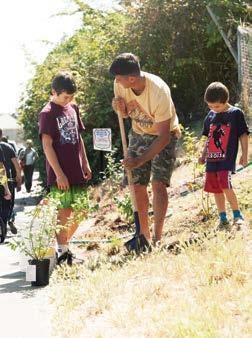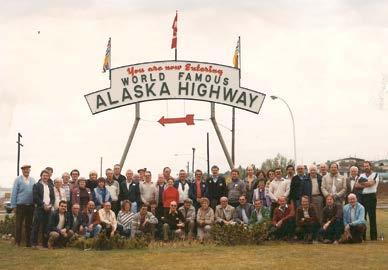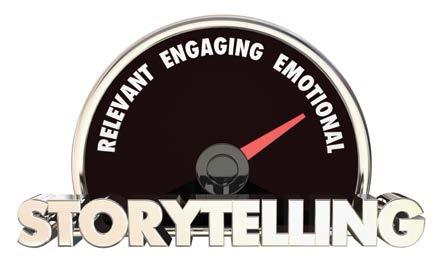COMMUNICATING
Julia Menard
It Only Takes One to Stop Fighting
W
©iStockphoto.com/Peopleimages
ho doesn’t want better communicating?
The problem is, when we get into an argument with someone, we usually don’t really feel like putting in the effort to resolve it. We would rather swim across a lake full of alligators. That mindset is really our brains tricking us. When we are stressed from conflict, our brains cause our thinking to become more rigid, blaming, and black and white. We also become less than the best versions of ourselves. The same process happens to the other person, too. That level of consciousness is not a good basis for problem-solving. Someone has to shift the direction of the situation. Why not you? As a workplace conflict-resolver, coach, and trainer, I have been asked by many people why they should be the ones to do something differently. My answer? Because you want things to be different! If you can accept responsibility for finding a way to do things differently for a different result, you are halfway there . . . you have the power. If you are waiting for someone else to change, you might as well go jump in that lake. If you believe it takes only one person to stop the fighting, and that
26
TABLE OF CONTENTS
person can be you, then you become curious about what you can do. • What will start to bring you both back to a place where you can reconnect and get on with understanding each other and finding innovative solutions? What I’m about to say sounds so simple, but it’s not easy. The most powerful thing you can do is listen to the other person. There is a hitch, however. You don’t want to repeat back the blaming words or rigid thinking that might be coming out of the other person’s mouth. Tune into the other person’s feelings and needs.
In conflict, the feelings are often sad, mad, and afraid. Let’s start with feelings. • A feeling is not, “You feel I’m stupid.” • A feeling is some variation of sad, mad, glad, or afraid. In conflict, the feelings are often sad, mad, and afraid. You can ask the other person, “Are you feeling frustrated by the way I’ve been handling the problem situation?” What about needs? Neuroscience journalist David Rock identified five fundamental human needs we all share. He named them BC Notaries Association
with the acronym SCARF for Status, Certainty, Autonomy, Relatedness, and Fairness. • Status is the desire to be seen as someone who is valuable, has worth, and can make a contribution. • Certainty is the need to have things be known or predictable. • Autonomy is a need for independence. • Relatedness is a need for connection. • Fairness is fairly self-evident! Those are the underlying motivators that drive our behaviours. When we can reflect back someone’s feelings and guess at what their underlying need might be, we make the conversation more “vertical.” We get a chance to go deeper and understand each other more. Bringing more understanding to conflict creates the opportunity for more possibilities to be unleashed for how to problem-solve. In that way, conflict can also become the gateway to creativity and innovation as well as better and more meaningful relationships. It all starts with your believing it can take just one person to stop the fighting—and that one person is you! s
Julia Menard, MEd, is a mediator, writer, podcaster, and principal at the On Conflict Leadership Institute. Volume 29 Number 4 Winter 2020




























